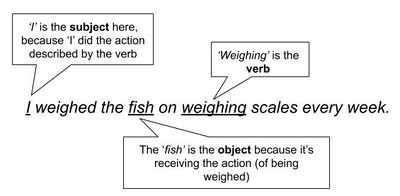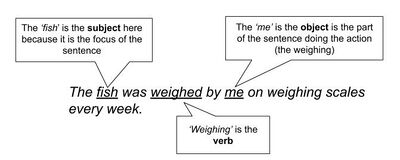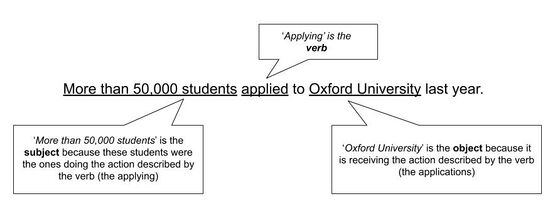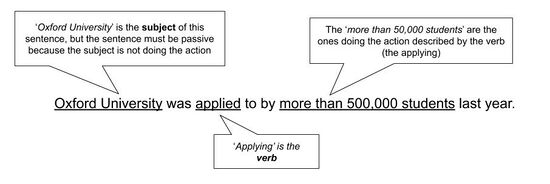Active and Passive Voice/Some Examples
Some examples
Example #1:
1A) Consider the following active voice sentence:
This cannot be a passive sentence because the subject is doing something to the object (weighing it).
1B) Now consider the passive voice version of the previous sentence:
This cannot be an active voice sentence because the subject is effectively doing nothing.
Example #2:
2A) Consider the following active voice sentence:
It cannot be a passive sentence because the subjects are doing something (applying) to the object.
2B) Now, consider the passive voice version of the previous sentence:
You might be developing the impression that using the active voice is always preferable, but this is not the case. Using the active voice is generally preferable because it tends to help you write more concise sentences and makes use of stronger verb forms. However, using the passive voice is acceptable in many situations, and is actually preferable when:
- You want to be purposefully vague. For example: ‘The study was compromised due to a methodological error,’ rather than ‘Mike made an error, which compromised the study.’
- You don’t know the identity of the ‘doer’. For example: ‘The cave paintings were made over 5,000 years ago,’ rather than ‘Someone made the cave paintings over 5,000 years ago.’
- The ‘doer’ is not important. For example: ‘An experimental traffic system will be trialled in British Columbia,’ rather than ‘RoadCorps will trial an experimental traffic system in British Columbia.’
At times, using a mix of active and passive voice may make sense (Anderson 2015).



